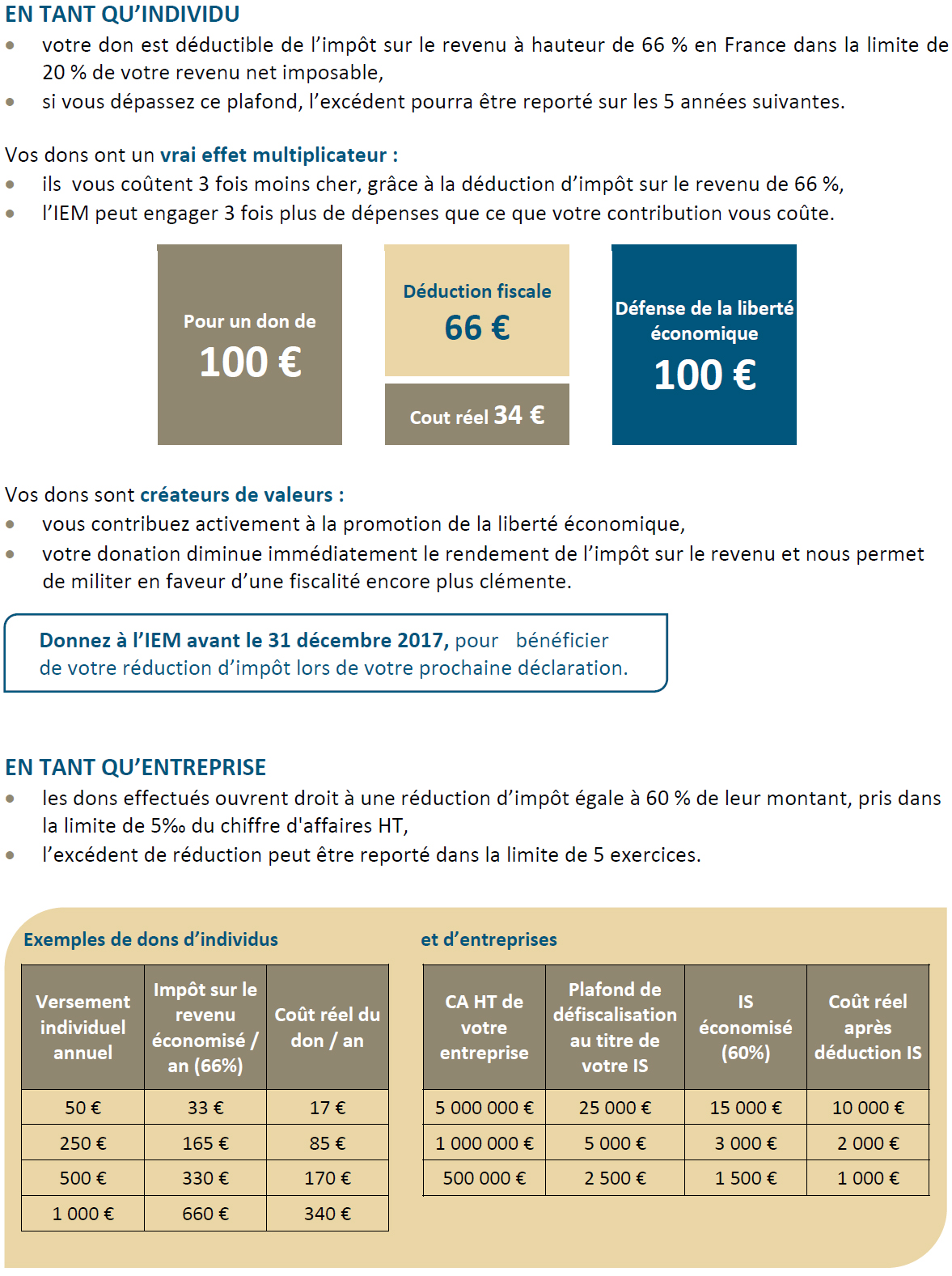Epicenter & IEM – The fake American stimulation: an economic analysis of Coronavirus Aid, Relief, and Economic Security (CARES) Act
We almost pity American federal and state elected officials for having to deal with the situation caused by COVID-19. Overnight, social media users have become self-proclaimed epidemiologists, but it remains difficult to judge whether the measures taken by states and the federal government are too little too late or the right response to a health crisis. In some ways, it is tempting to favour the federal responses to the economic crisis as the circumstances are unlike those of previous crises.
The economic problem
The economic slowdown occurring cannot be explained by traditional economic models. It is not a result of a decrease in aggregate demand, as Keynesians claim, nor can it be explained by the Austrian school business cycle. In fact, it is a crisis of aggregate supply caused by the lockdown and the closure of businesses.
American unemployment increased by around 10 million people in two weeks during the month of April. With a labour force of approximately 165 million people, this represents around six percent. Unemployment will continue to increase in a dramatic way if businesses do not open soon. The hardships on individuals and families will be considerable for those who find themselves without a salary or without an easy opportunity to change jobs. However, the statistics show an important dichotomy. The vast majority of Americans can still work, and only a minority suddenly face unemployment and limited employment possibilities. In macroeconomic terms, most Americans do not demonstrate an unwillingness to spend, but a lack of opportunity to do so. Therefore, it is highly unlikely that injecting liquidity into the economy will increase spending. Thus, this is not a crisis of aggregate demand, but one of supply.
A federal economic law in response to COVID-19 must do three things. First, it must support public health by offering direct support to hospitals and the production of specialized equipment (masks, ventilators, etc) and loosen restrictions on innovation. Second, it must stimulate supply by removing barriers to trade and innovation, as well as encourage, or compel, states to do the same. Third, in relation to welfare, it must propose immediate and targeted assistance to the minority who find themselves unemployed, and support states and civil society wherever they may need it in this area.
Looking at these criteria, what does the CARES Act do for public health, aggregate supply and welfare?
The CARES Act
The CARES Act was voted on by Congress and subsequently signed into law by President Trump on March 27th, 2020. With a budget of USD2,000 billion, this law represents a staggering 50% of the 2019 federal budget and around 10% of American GDP. Some have already described this law as the largest economic stimulation in the history of the United States – but is it really a stimulation?
The CARES Act offers USD425 billion, or 21% of the total budget, towards the fight against COVID-19. If we do not pay too much attention to the details of allocation of these funds, we can assume that this category targets public health. From a macroeconomic viewpoint, the immediate priority following public health is ending lockdown and returning to work. Ideally, this would mean implementing the South Korean model of large-scale testing and targeted lockdown rather than widespread social isolation.
The second criteria, which concerns aggregate supply, is a lot more problematic. Currently, aggregate demand, or rather potential demand, is still strong. Consumers are ready to spend as soon as lockdown is over and businesses start running up again. Therefore, the distribution of direct allocations, amounting to USD 6,250/month for every American adult regardless of their financial situation, is not an economic stimulation. These allocations can act as an immediate and immense relief for a minority of beneficiaries, but they will have little to no macroeconomic effect while businesses remain closed and lockdown prevents spending. The CARES Act does, however, include some measures which would encourage supply such as a deferral on payroll taxes and small structural changes. However, this remains minimal. All in all, almost a third of the CARES Act represents welfare provisions without any macroeconomic impacts.
The third criteria, welfare provision, is complicated. The USD377 billion of support to SMEs acts as indirect welfare. It allows these companies to continue paying salaries to their employees. On the other hand, it does not deal with the supply problem. As these businesses are shut down during lockdown, they are not producing any goods. Similarly, airline companies receive USD 46 billion, but this will not have a direct effect on the economy if travellers continue to stay at home. Additionally, it causes for concern that some favouritism may play a part in the allocation of the USD454 billion for large businesses, states and local governments. None of these expenses support supply and almost 80% of the Act targets aggregate demand. The economic crisis can effectively, however, become one of aggregate demand if supply is not stimulated and unemployment continues to rise.
This law also has other macroeconomic flaws. Unemployment benefits towards individuals grants an additional USD600 a week for four months. This represents USD15 an hour which is double the minimum wage (which is around USD7.25 an hour). This might encourage those who are unemployed to stop actively looking for employment and decide not to switch to industries who urgently need to increase their operational capacities. These include healthcare services, manufacturers of sanitary equipment or home delivery services. If the federal government wishes to increase welfare, they must do so in a way that does not discourage returning to work, which is key to economic recovery. The Act also blindly distributes millions of dollars of public funds without looking at the resources of the beneficiaries. In doing so, it increases the national debt, which already surpasses 100% of the GDP, and will certainly contribute to inflation. American debt is already indirectly financed by negative interest rates and a monetary injection of USD 1,500 billion. These gaps in the CARES Act might delay rather than encourage economic recovery.
A better solution: supporting (or refraining from blocking) supply
It is interesting that an anti-pandemic law dedicates only 20% of its budget to public health. It is strange to see a macroeconomic law which doesn’t really address the underlying problem. It is hard to believe that it is only a coincidence that the recipients of public funds are potential voters in the upcoming US elections. Nevertheless, there are two other proposed ways in which the CARES Act should have been approached which would be more effective.
First, the federal government could ease its many economic regulations. This could be done by removing the federal regulations which require the American industry to pay indirect taxes, amounting to 10% of GDP. By doing so, companies could redirect resources in a way which would create real value. Moreover, federal agencies like the Food and Drug Administration (FDA) and the Centers for Disease Control (CDC) should remove barriers which make it difficult to develop new medicines and medical equipment, and abandon regulations which prevent the import of masks.
Economist Tyler Cowen also proposes measures such as: first, relaxing the federal accreditation system for health personnel which creates an extra barrier on top of the already existing rules imposed by each state. Second, getting rid of restrictions preventing additional working hours on the weekend. Third, decrease, rather than delay, payroll taxes.
Second, the federal government could encourage, or oblige, states to respect economic liberties and allow for more commercial activity. One third of American workers must obtain an accreditation from their State allowing them to work. During this time of structural unemployment due to the health crisis, the abolition of these laws would facilitate the movement of workers from industries where remote working is possible to the healthcare sector and any new businesses that may emerge in response to the pandemic. Thirty four of the fifty states and the District of Columbia implement anti price gouging laws. This creates unnecessary shortages, discourages existing companies from increasing supply, and discourages new suppliers from entering the market. In addition, thirty-five states still require Certificates of Need requiring hospitals to provide proof and legitimize their demands for capacity expansions. All states still have outdated laws and regulations in place which hinder economic activity. These include laws prohibiting home healthcare practices, laws prohibiting the transport of food and alcohol in the same truck, and laws requiring competitors to seek approval to open a business. These restrictions favour the interests of some rather than the collective.
Some states have revoked certain “old-fashioned” laws. Texas now authorizes food and alcohol to be transported in the same truck, while Michigan has allowed distilleries to produce hand sanitizer. In the face of this health and economic crisis, it would be desirable for the federal government to encourage states to embrace economic freedoms and free trade. The federal government could even oblige this under the 14th amendment of the Constitution which guarantees certain fundamental rights to all Americans. The Institute for Justice, a non-profit law firm, is working on this on a case-by-case basis.
The CARES Act has certainly helped a growing minority of Americans who no longer receive revenue. Even if politicians may be acting with the best intentions, this law does not address the real economic problems and increases an already significant federal budget. Fundamentally, the CARES Act is not an economic stimulation.
Dr. Nikolai G. Wenzel is Distinguished Professor of Economics and L.V. Hackley Chair for the Study of Capitalism and Free Enterprise at Fayetteville State University (Fayetteville, NC).
This article was published in French by Institut Économique Molinari. Translated by Noemi Amelynck for Epicenter, the European Policy Information Center





